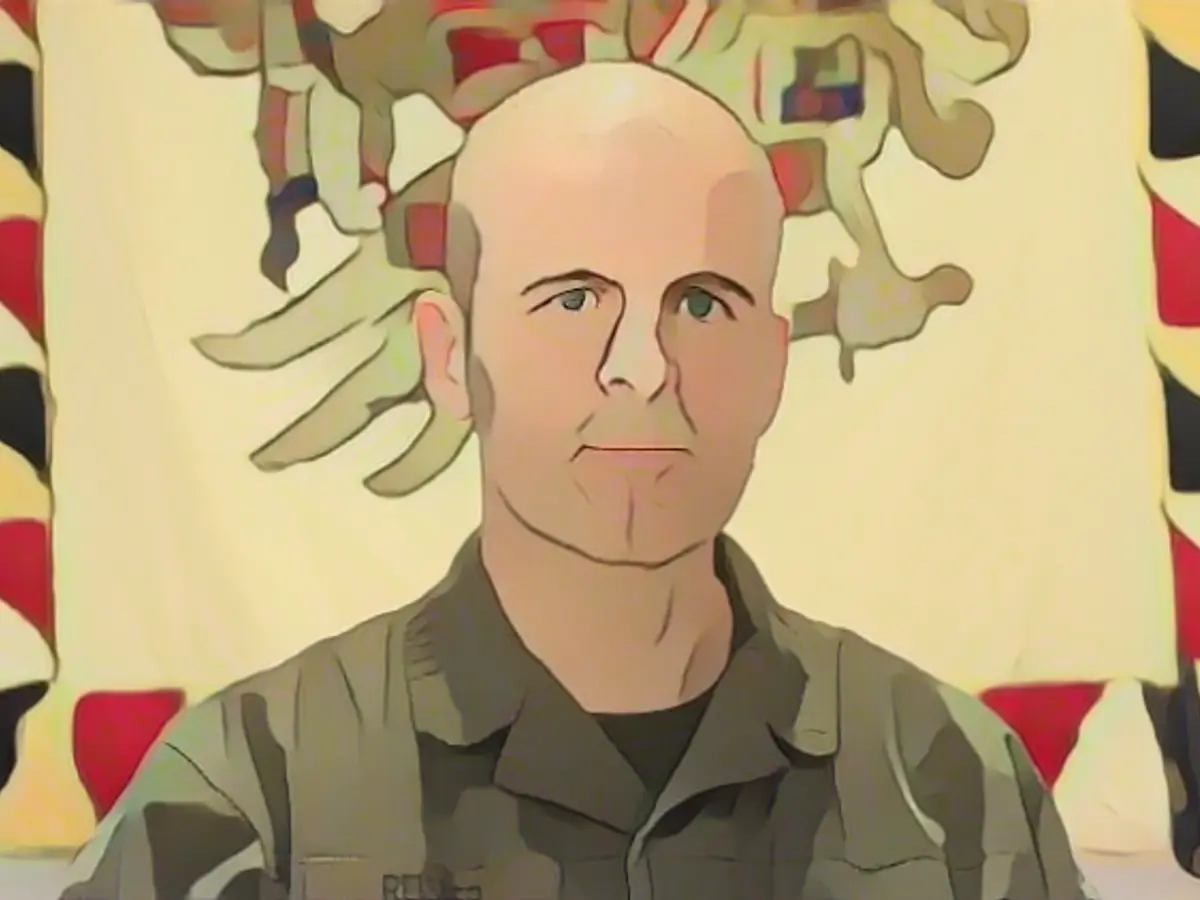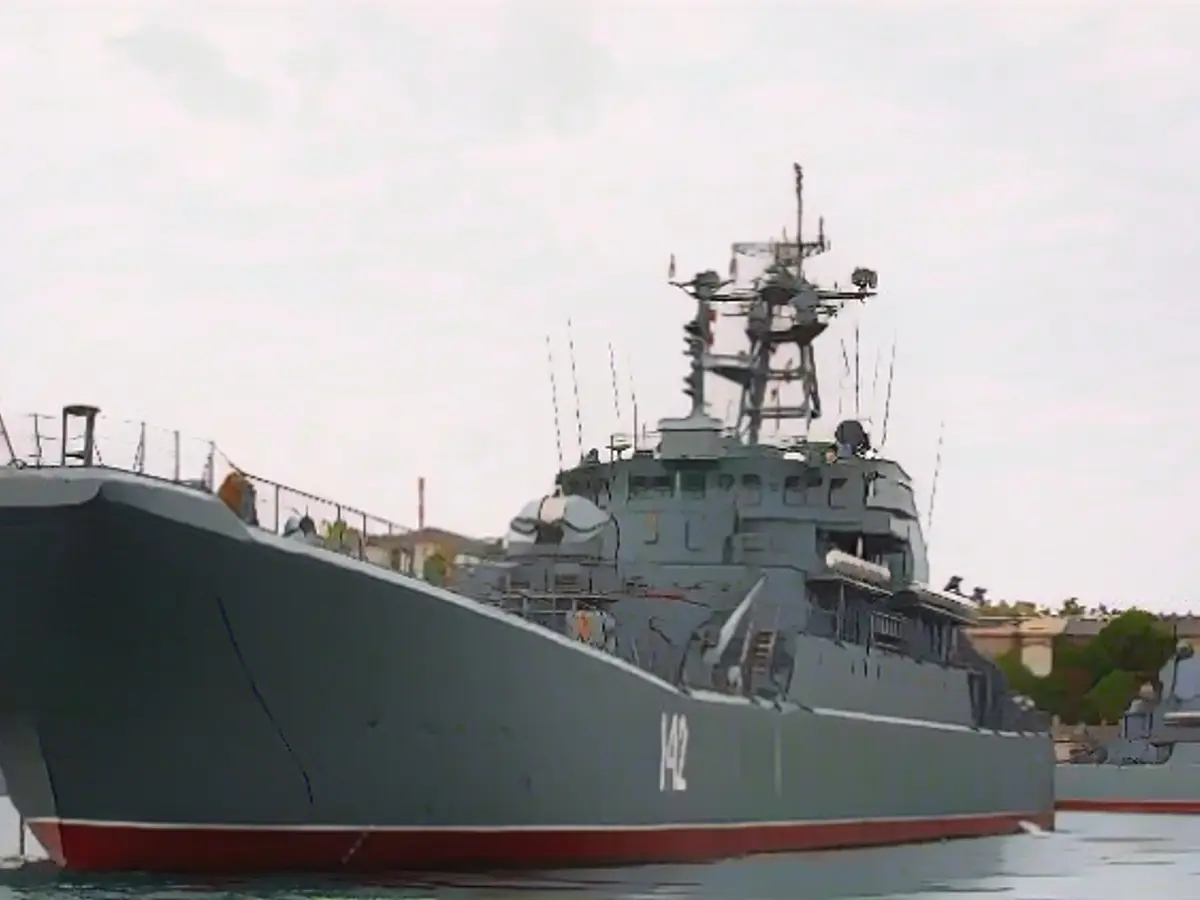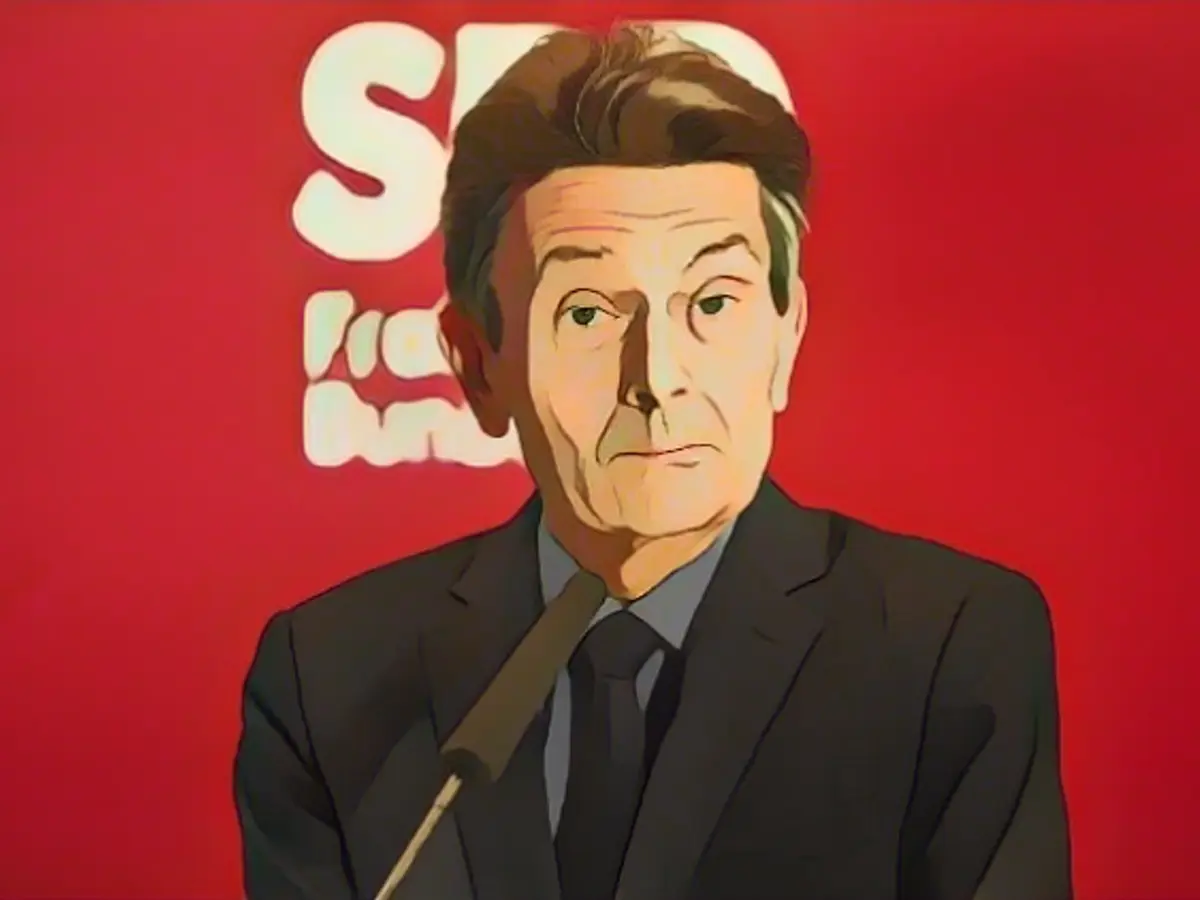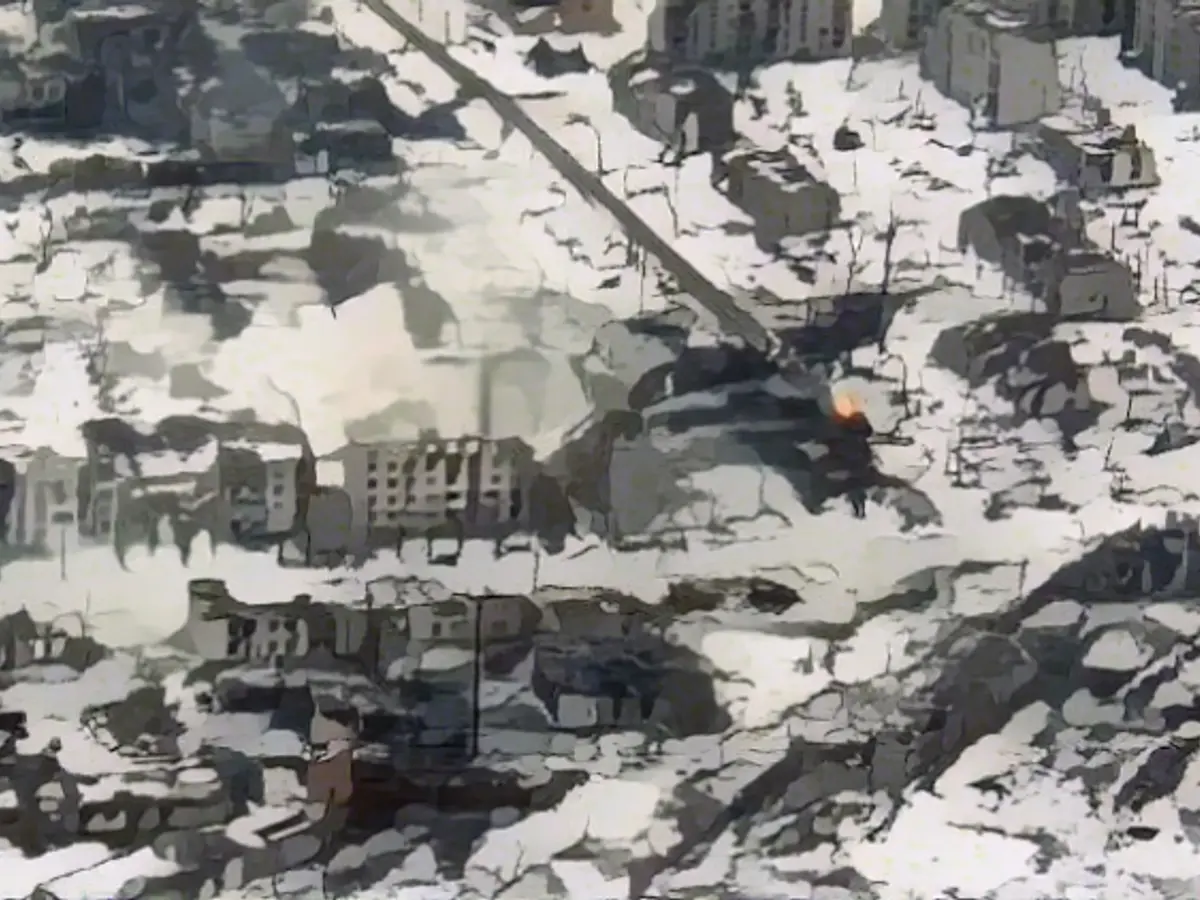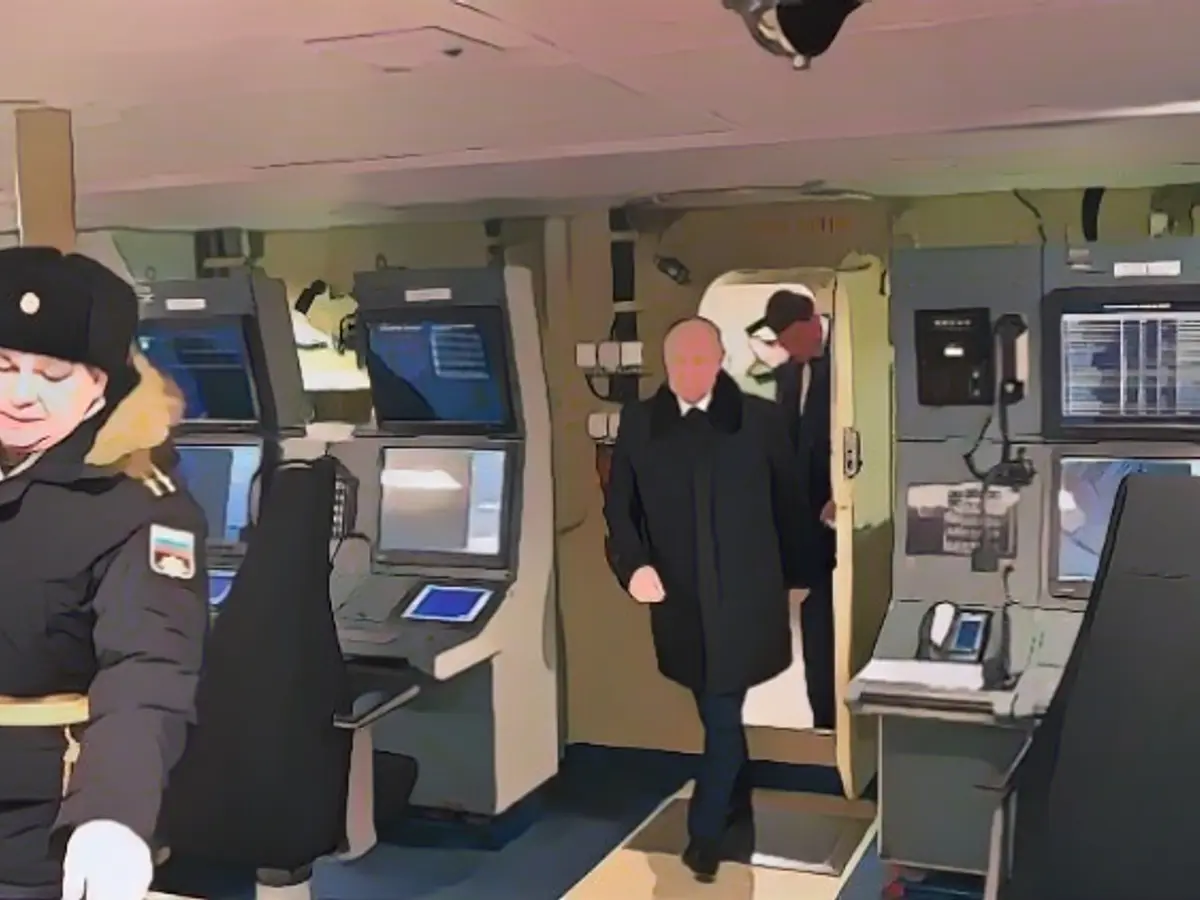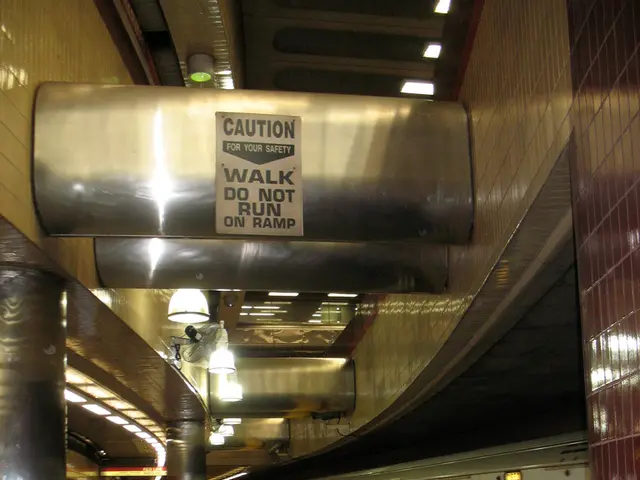In the cloak of darkness and fog, Ukraine makes a surprising move, establishing several bridgeheads on the southern bank of the Dnipro. Col. Markus Reisner, military expert, fondly nicknamed "Dr. Strangelove of the Dnipro," highlights this achievement as a pivotal moment in the conflict. As the Russians grapple with this setback, Ukraine scores a major victory in the information warfare, back in the limelight and securing the support of their allies.
But what's the secret to Ukraine's success? According to Reisner, Ukraine has legitimately "hacked" the electromagnetic field, allowing them to control drones and disrupt Russian artillery fire. Consolidating their forces along the riverbank, they've created "local bubbles" of electromagnetic influence. In these zones, the Russians found their drones grounded and their armaments' calls silent.
This undercover operation's fruits are numerous bridgeheads, some even as significant as Krynky. However, these gains are not yet robust enough to enable a southern push. Ukraine now needs to further fortify and connect these bridgeheads by constructing pontoon bridges and deploying heavy equipment.
But how did Ukraine manage to cross the river quietly, avoiding Russian sight? The inclement weather played a critical role. Foggy mornings, analogous to a digital smokescreen, shrouded their movements while the Ukrainians sneaked aboard boats, becoming like covert agents in the battlefield.
Critics might raise concerns about the concrete figures being tossed around, lacking tangible confirmation. Fog of war, indeed, is bound to obscure facts. Nevertheless, it's undeniable that Ukraine has pushed the Russians back by at least three to eight kilometers in Krynky.
Meanwhile, up to 3,500 Russian soldiers have reportedly been killed during the offensive, a blood-soaked battlefield where both sides privately nurse bruising casualties. Reisner, however, warns against reading too much into these figures; it's a cat-and-mouse game where both sides misdirect the blame.
Reflecting on the advance's repercussions, Reisner notes that Ukraine has managed to capture the world's attention while diverting attention away from the eastern front's mounting pressure. The West, eager to assist Ukraine, faces a choice: either bolster their support or witness Ukraine consolidate its positions for a counteroffensive in the spring.
As the war rages on, the Ukrainians continue to shape the battlefield in their favor, making elusive enemies of their Russian counterparts.
